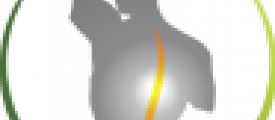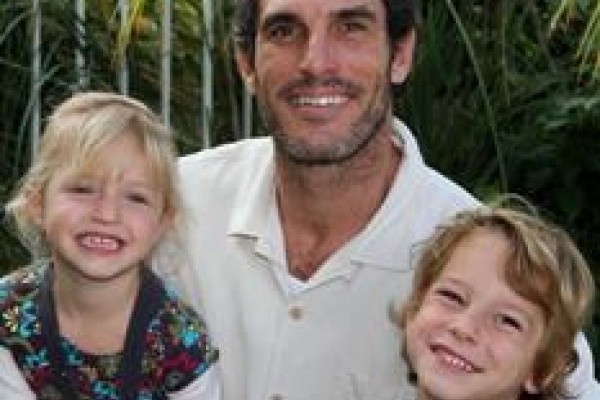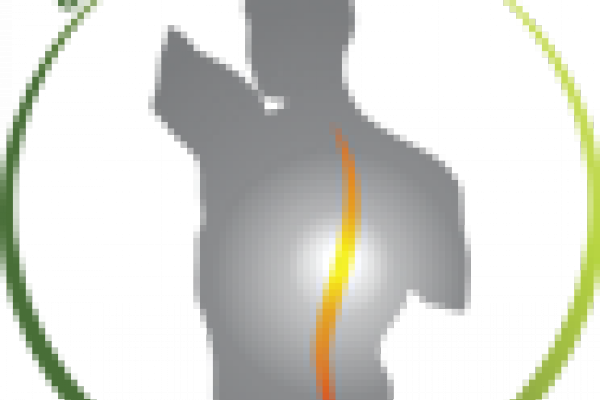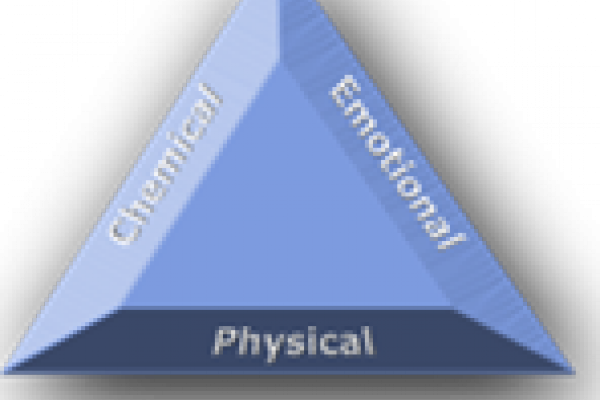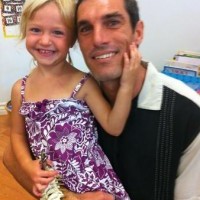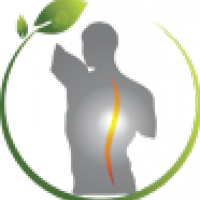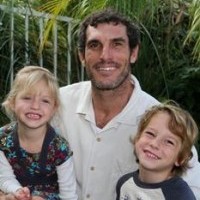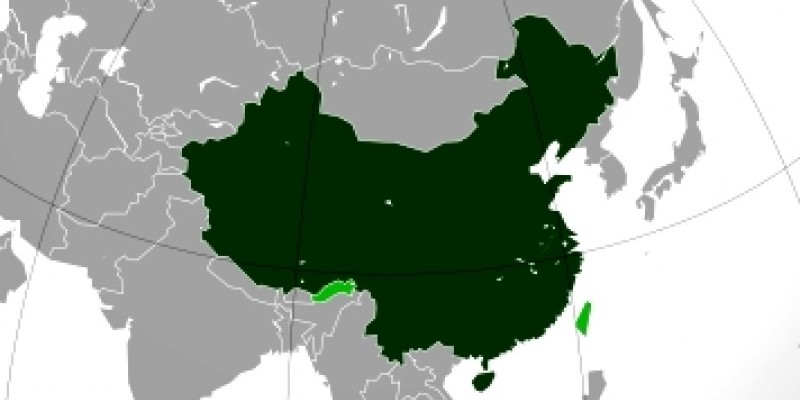
A Brief Story of Ancient Chinese Acupuncture
Acupuncture is an ancient Chinese system of medicine which involves the practice of inserting fine needles into the skin. To research the beginnings of the art and practice of acupuncture we must pierce the folds of time and cast our minds back to ancient China.
The oldest records of ancient Chinese acupuncture are found on bone etchings thought to be from around 1600 B.C. or almost 4000 years ago.
Archaeological excavation of sites around China through the last century has brought to light a number of pointed stones which archeologists have determined are ancient acupuncture needles. These stones slivers were for medical treatments, used to make skin incisions and to stimulate specific points on the body.
The history of ancient acupuncture originated with the use of these stones, then slivers of animal bones were used. Later still, bamboo needles were used for therapeutic purposes.
Another archeological dig in China, at a site from the Shang Period (1766-1122 BC), excavated a tomb and found a stone hook which was contained in a lacquer casket, indicating an object of value. It was determined that this was also a medical instrument used in ancient Chinese acupuncture.
Not only do the medical instruments and ancient needles show us that acupuncture was being used at these times, but history has large, bronze artifacts proving the importance of ancient Chinese acupuncture.
A life sized bronze man was created to show acupuncture points on the body and greatly contributed to the development of ancient Chinese acupuncture. The creator of this figure, Wang Weiyi (c.987-1067), had the idea of casting two statues in bronze representing a man from the front and behind. On these statues were engraved 657 acupuncture points. These statues were used in the Imperial acupuncture exams for new acupuncturists in ancient China. The statues were coated in thick wax and then filled with water. The student taking the exam would locate the acupoint and needle into the wax covered statue. When the needle was withdrawn a small drop of water would be evident if the student had needled the correct point.
Wang Weiyi also compiled the book Tongren Shuxue Zhen Jiu Yujing (Illustrated Manual of the Bronze Man Showing Acupuncture and Moxibustion Points). The text of this work was also engraved on two stone steles more than two meters high and seven meters in width, and were erected at Kaifeng, then capital of the Northern Song dynasty, for public benefit. Wang Weiyi’s ancient work provided the impetus for a great leap forward in ancient Chinese acupuncture. The points on the body had been mapped out, the ancient instruments had been created and ancient Chinese people were being healed.
Recorded history of ancient Chinese acupuncture from the book, Songshi (History of the Song Dynasty) recounts that Emperor Renzong, who fell ill in 1034, was cured successfully through acupuncture. This helped popularize ancient acupuncture and the art and practice of acupuncture became the forte of specialized physicians such as Wang Zhizhong during the Southern Song dynasty. Wang was the author of A Description of Acupuncture and Moxibustion, (Zhenjiu Zishengjing) published in 1220, a classic text on ancient acupuncture.
Ancient acupuncture is not the exclusive possession of the Chinese. The papyrus Ebers of 1550 BC is the most important of ancient Egyptian medical treaties. It refers to a book on the subject of vessels which could correspond to the twelve meridians of acupuncture.
The Bantu of South Africa sometimes scratch parts of the body to cure disease. In the treatment of sciatica the Bantu cauterize with a hot metal probe a part of the ear. This practice corresponds with the acupuncture method of Auricular or Ear acupuncture.
Some Eskimos practice simple acupuncture with sharp stones, just like ancient Chinese acupuncture. An isolated tribe in Brazil shoot tiny arrows with a blowpipe into specific parts of the body.
The great contribution of the Chinese to the primitive, or largely local form of acupuncture practices mentioned above, is that they have developed a fairly complete systemic method. Cataloged and described in many text books, it is taught at universities and is reproducible under experimental conditions.
The methods and practice of acupuncture have come a long way since its ancient beginnings but the interest and desire to understand this ancient art is as fresh as ever.
ARTICLE SOURCE: http://www.articlesbase.com/alternative-medicine-articles/a-brief-story-of-ancient-chinese-acupuncture-1684004.html




